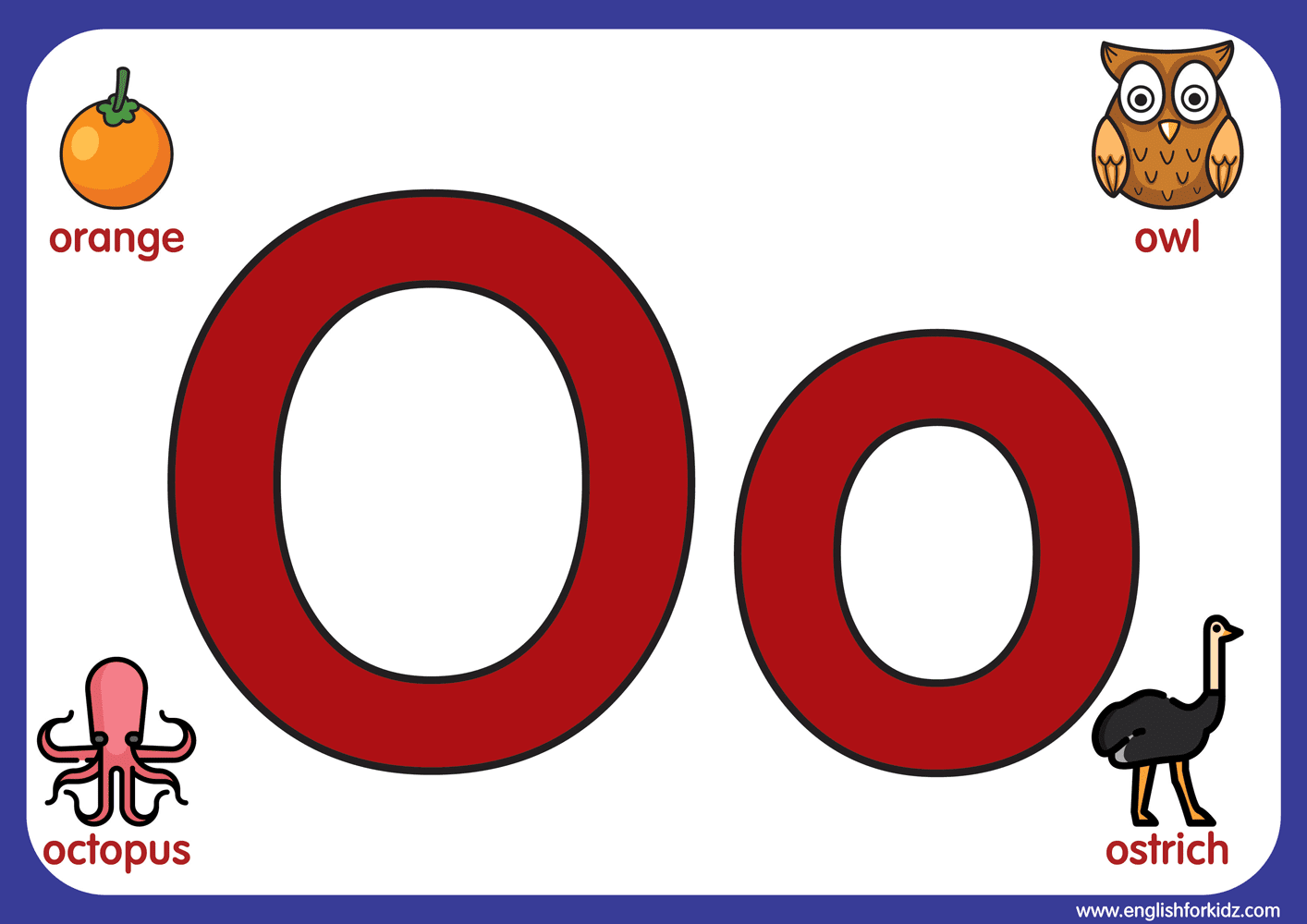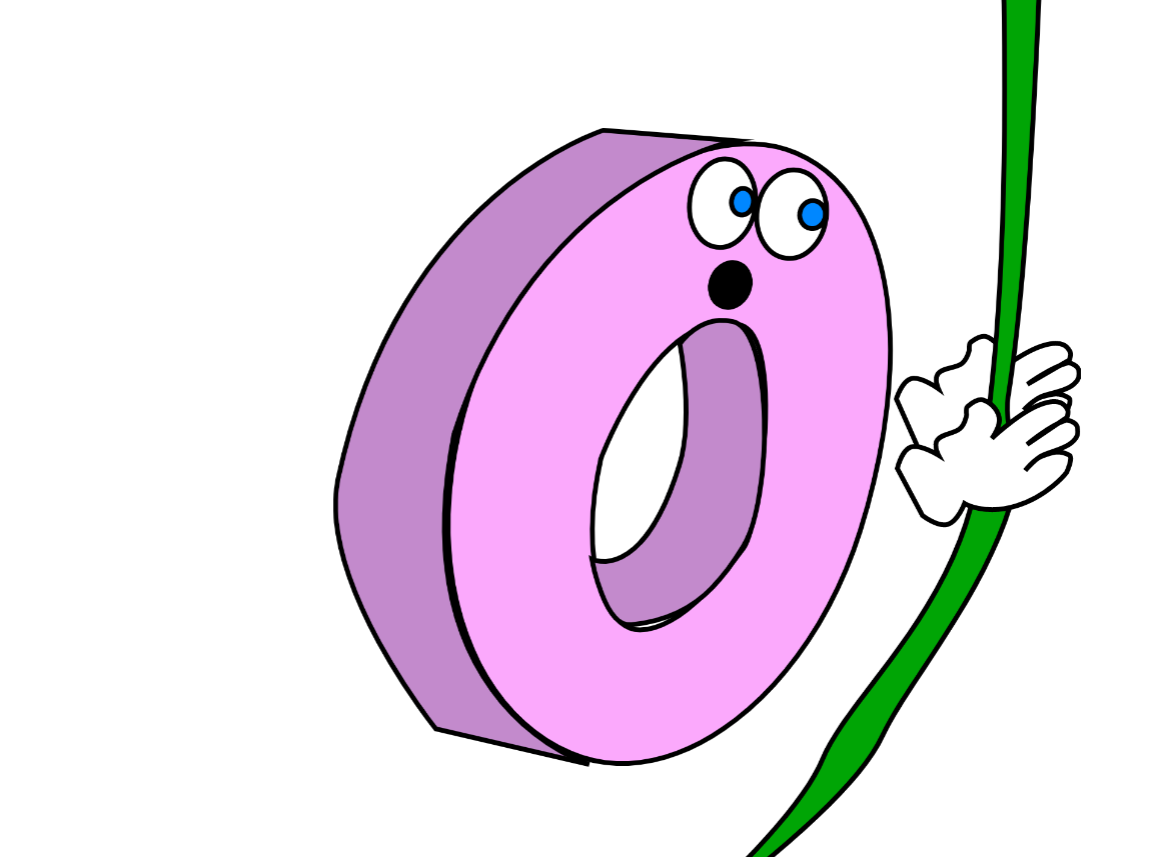O.J. Simpson Lawyer - The Story Of The Letter O
When we think about moments that truly shaped our collective memory, the legal proceedings surrounding O.J. Simpson are, in some respects, a landmark event that still sparks conversation. It's a case that, you know, brought so much attention to the legal system and the people involved, like the O.J. Simpson lawyer team who played such a pivotal role. But, very interestingly, there's another "O" that, in a way, has a quiet story all its own, one that's been around for ages and, quite literally, forms the building blocks of how we communicate about these very topics.
This little round character, the fifteenth letter of our alphabet, is that more than just a simple circle on a page? It's actually a foundational piece of our language, a vowel that carries weight in countless words, including those we might use to talk about, say, an O.J. Simpson lawyer and the legal arguments they might make. It's a character that, surprisingly, has roots reaching back further than you might imagine, with a history that's pretty rich and full of twists.
So, what's the big deal with this letter "O," you might ask? We're going to take a closer look at its journey, from its ancient beginnings to how it shows up in our modern world, and perhaps even touch on how it helps us spell out the names and roles of people, like an O.J. Simpson lawyer, who become part of history. It's a simple shape, yet its story is actually quite layered, holding secrets about how we speak and write, as a matter of fact.
- Where Is Project X Based
- Alexandra Saint Mleux Diet
- The Real Project X
- Oj Simpson Trial Attorneys
- Stepsister Ellie Nova
Table of Contents
- The Ancient Roots of Our Round Letter
- What Does 'O' Sound Like to an O.J. Simpson Lawyer?
- A Breath, Not a Vowel - The Semitic Connection
- How Did 'O' Get Its Shape, Even for an O.J. Simpson Lawyer's Brief?
- The Accented 'O' - A Global Citizen
- Why Do We Accent 'O' in Different Tongues, Even When Discussing an O.J. Simpson Lawyer?
- Is 'O' Just a Zero, or More, for an O.J. Simpson Lawyer?
- Typing the Many Faces of 'O' - A Practical Guide for Anyone, Including an O.J. Simpson Lawyer
The Ancient Roots of Our Round Letter
Imagine a time long, long ago, when people were just figuring out how to put sounds onto paper. Our letter "O," the fifteenth in the English alphabet and the fourth of our vowel letters, has a really long family tree. It's used in so many languages across Western Europe and, honestly, all over the planet. It’s pretty amazing to think about how this one shape has traveled through centuries and cultures, more or less staying the same.
This familiar circle, you know, wasn't always just a vowel. Its story actually starts with something called the Semitic "ayin." Now, "ayin" was a bit different; it represented a breathing sound, not a typical vowel like we think of "O" today. It's kind of fascinating to consider how a simple breath sound could, over time, transform into one of the most common vowel sounds we use. This shift shows how languages, in a way, adapt and change as people find new ways to express themselves.
The Semitic shape itself, apparently, might have come from an even older symbol. Picture people drawing simple pictures to stand for ideas or sounds. It's like a secret history unfolding, where each generation passes down a slightly changed version of the original. This journey from an earlier sign to the "ayin" and then to our "O" is a testament to how human communication has, you know, slowly but surely grown into the intricate system we have today. It's all about making sounds visible, after all.
- Shelby Bryan Now
- Julia Louis Dreyfus Sons
- Ellie Nova Stepsister
- Did Project X Actually Happen
- Shelby Bryan
What Does 'O' Sound Like to an O.J. Simpson Lawyer?
When you hear the letter "O," what comes to mind? For us, it’s a vowel, a clear sound that helps form words. But its journey through different languages means it has taken on many voices. For instance, in Kashubian, a language spoken in a part of Poland, their "ó" is the twenty-third letter in their alphabet, and it actually represents a sound like our "o" in "go." That's a pretty specific sound, you know, for just one letter.
Then, if you move to the southern parts of where Kashubian is spoken, that same "ó" can, somewhat surprisingly, represent a sound like our "u" in "flute." It's a bit like how a single note on a piano can sound different depending on the song. This variation really shows how a letter’s sound isn’t always fixed; it can shift and change based on where you are and who is speaking, which is something even an O.J. Simpson lawyer would appreciate about the nuances of language.
A Breath, Not a Vowel - The Semitic Connection
Let's go back to that ancient Semitic "ayin." It’s really interesting to think about how our "O," which feels so much like a pure vowel sound to us, began its life as something completely different. It was, in fact, a symbol for a breath, a glottal stop you make deep in your throat. This isn't a sound we typically think of as a letter in English, but it was a core part of how people spoke way back then. It's a bit like a silent pause, or a catch in your voice, if you can imagine that.
The transformation of this breath sound into a clear vowel is, you know, a pretty cool example of how languages evolve. Over time, as sounds shifted and alphabets were borrowed and adapted by different groups, that breath sound eventually smoothed out and became the open, rounded "O" we recognize. It’s like watching a river change its course over centuries, slowly but surely shaping the landscape around it. This evolution meant that a symbol for a breath could, in fact, help form words that even an O.J. Simpson lawyer might use to present a case.
How Did 'O' Get Its Shape, Even for an O.J. Simpson Lawyer's Brief?
Have you ever stopped to think about why the letter "O" looks like a circle? Its visual form, frankly, is pretty simple, yet it's been incredibly persistent. The earliest forms of the Semitic "ayin" were, apparently, often depicted as a simple circle or eye-like shape. It’s a very natural, basic form that humans tend to draw. This simplicity, in a way, probably helped it stick around through countless generations and adaptations.
As the Phoenicians, then the Greeks, and later the Romans adopted and adapted these symbols, the round shape of "O" remained largely unchanged. It's a testament to its clarity and ease of reproduction. Imagine trying to draw complicated letters quickly; a circle is, you know, pretty straightforward. This enduring form means that whether you're looking at an ancient inscription or a modern legal document prepared by an O.J. Simpson lawyer, that little "O" still looks very familiar. It's quite a bit of a survivor in the alphabet world.
The Accented 'O' - A Global Citizen
Our simple "O" can get quite fancy when it travels the world. Accented "O"s, like those with little marks above or below them, have a unique sound and a very specific purpose depending on the language they're in. It's like giving the letter a little hat or a different voice. For example, you might see an "ó" (with an acute accent), an "ò" (with a grave accent), an "ô" (with a circumflex), an "õ" (with a tilde), or an "ö" (with an umlaut). Each of these little marks changes how the "O" sounds or what it means in a particular word.
The way these accents are used can vary wildly. In some languages, an accent might tell you where to put the stress in a word, making it sound a certain way. In others, it might completely change the vowel sound itself, turning a short "o" into a long one, or even a different vowel altogether. It’s a bit like how a single word can have different meanings depending on the context, and it's a detail that, frankly, really makes a difference in how a language is spoken and understood. This kind of detail is something an O.J. Simpson lawyer would certainly appreciate in a legal brief, where every mark matters.
Why Do We Accent 'O' in Different Tongues, Even When Discussing an O.J. Simpson Lawyer?
So, why do languages bother with these little marks on a letter like "O"? Well, it's often about making sounds clearer or distinguishing between words that look the same but mean different things. For instance, in Portuguese, "avó" (grandmother) has a different "o" sound than "avô" (grandfather), thanks to those accents. They help guide your pronunciation and,
- Molly Spock
- Who Is Dominik Mysterios Wife
- David Goggins Public Figure Latest
- Shaquille Oneal Bio
- Lover Nicknames

alphabet letter templates printable alphabet letters letter o crafts

Letter Factory O by BrownFamily1013 on DeviantArt

10,000+ Free Letter-O & Letter Images - Pixabay